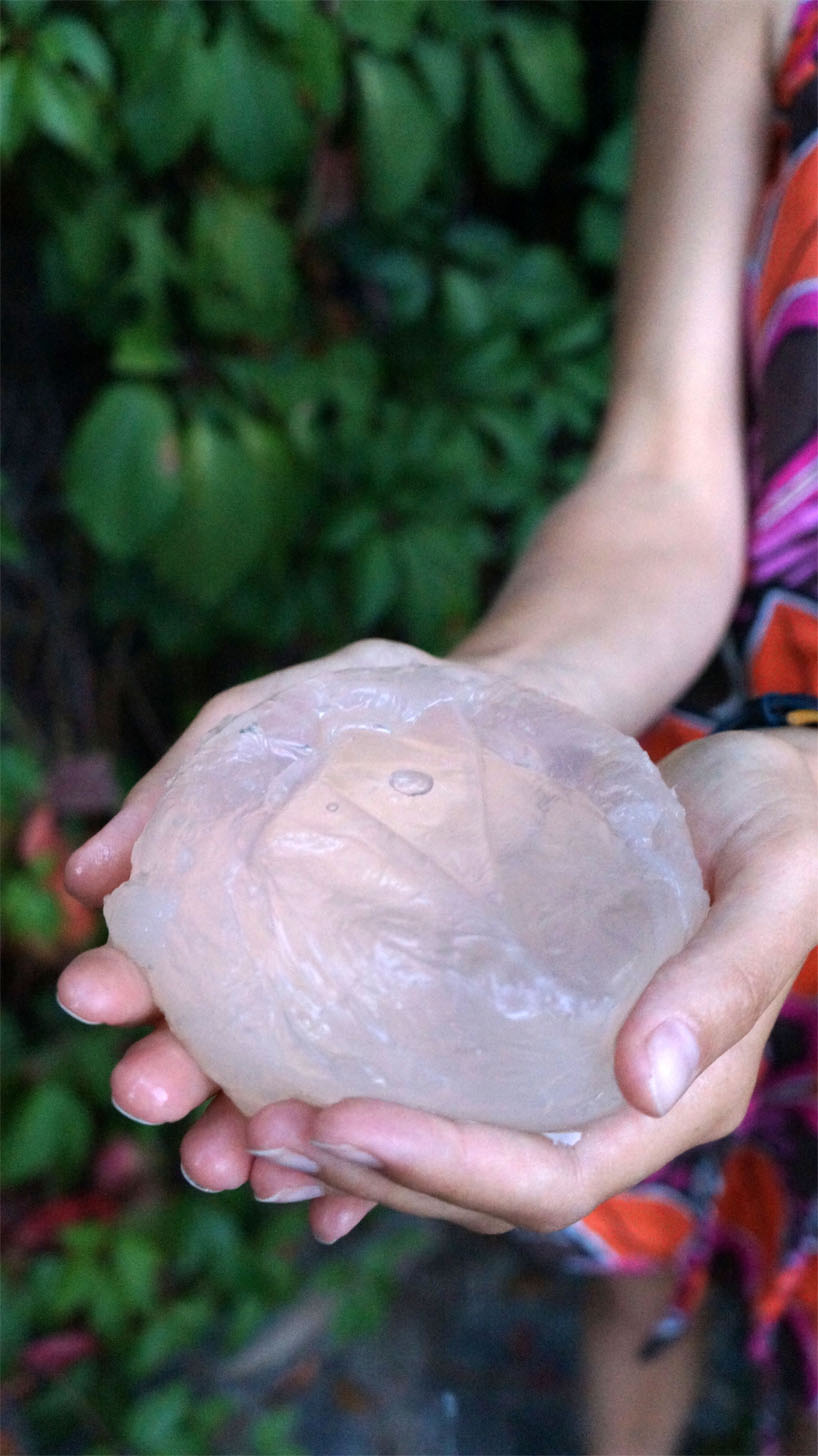6 Easy-to-Steal Rituals of Extremely Successful People

We ultimately become what we repeatedly do.
Over the years Marc and I have studied the lives of numerous successful people. We’ve read their books, watched their interviews, interviewed them ourselves, worked with them, and researched them extensively. We’ve truly learned a lot from their stories. But above all, we’ve learned that most of these people were not born into success. They simply did, and continue to do, things that help them realize their full potential. In other words, they follow a set of prolific rituals.
1. Do the work… practice, practice, practice your craft!
Sure you can be good with a little effort. You can be really good with a little more effort. But you can’t be great, at anything, unless you put in an incredible amount of focused effort for a set amount of time every day. It’s as simple as that. Scratch the surface of any successful person with incredible skills and you’ll find someone who has put thousands of hours of effort into developing those skills. There are no shortcuts in life. There are no overnight successes. Almost everyone has heard about the 10,000 hours principle, which states that it takes roughly 10,000 hours to completely master a complex skill, yet despite sound evidence, so few follow it… except extremely successful people of course.
Whatever you decide to do, do it well. Do it so well that when others see you do it, they enjoy it so much that they want to come back and see you do it again… and they also want to bring their friends along so they can show them how incredible you are at doing what you do.
2. Build trust by standing behind every one of your promises.
If you say you’re going to do something, DO IT! If you say you’re going to be somewhere, BE THERE! If you say you feel something, MEAN IT! If you can’t, won’t, and don’t, then DON’T LIE. It’s always better to tell people the truth up front. Don’t play games with people’s heads and hearts. Don’t tell half-truths and expect people to trust you when the full truth comes out; half-truths are no better than lies.
Regardless of the business you’re in – selling products to consumers, or selling hours for dollars – the only question you have to ask yourself is: “Do they trust me enough to believe what I’m promising to deliver?” Without this trust, you have zero, zilch, nada. If your target market knows you and they’re still not buying what you’re offering, they simply don’t trust you as much as you would hope. Earn their trust, and the rest of the puzzle pieces will be easy to arrange. (Read The Impact Equation.)
3. Focus more on less.
Having too many choices interferes with decision-making. Here in the 21st century, where information moves at the speed of light and opportunities for innovation seem endless, we have an abundant array of choices when it comes to designing our lives and careers. But sadly, an abundance of choice often leads to indecision, confusion, and inaction.
Several business and marketing studies have shown that the more product choices a consumer is faced with, the less products they typically buy. After all, narrowing down the best product from a pool of three choices is certainly a lot easier than narrowing down the best product from a pool of three hundred. If the purchasing decision is tough to make, most people will just give up.
So if you’re selling a product line, keep it simple. And if you’re trying to make a decision about something in your life, don’t waste all your time evaluating every last detail of every possible option. Choose something you think will work and give it a shot. If it doesn’t work out, choose something else and keep pressing forward. Focus more on less, and do your very best.
4. Only use quality tools.
While we’re on the topic of focusing more on less, make sure the only tools you’re using are the only ones you truly need. There’s no point in keeping low quality tools around. For instance, trying to cut through a thick piece of fresh lumber with an old, dull handsaw would be a pretty foolish endeavour. You would have to work extremely hard to make the even the slightest impact. This very same principle applies to everything in life.
Don’t let inefficiency defeat you. If the tools in your toolbox don’t fit the requirements of the job, find someone who has the right tools and barter with them, hire them, invite them into the process of what you’re trying to achieve. Possessing the right tools (and skills) can easily shrink a mountainous task into a miniscule molehill. With a good idea, determination, and the right tools, almost anything is possible.
5. Spend quality time with quality people.
You are the average of the people you spend the most time with. And that’s why it’s not always where you are in life, but who you have by your side that matters most. Some people drain you and others provide soul food. So be sure to get in the company of those who feed your spirit, and give the gift of your absence to those who do not appreciate your presence. There’s no need to rush into a relationship you are unsure of, or socialize with those who hold you back.
Spend more time with nice people who are smart, driven and open-minded about personal growth and opportunity. Use websites like meetup.com to search for local community groups of people with similar passions and goals. These people are out there.
The bottom line is that relationships should help you, not hurt you. Surround yourself with people who reflect the person you want to be. Choose friends who you are proud to know, people you admire, people who care about you and respect you – people who make your day a little brighter simply by being in it. Life is too short to spend time with people who suck the energy and hope out of you. (Marc and I discuss this in detail in the “Relationships” chapter of 1,000 Little Things Happy, Successful People Do Differently.)
6. Study, rehearse, and get super comfortable with the art of selling.
About a year ago Marc and I interviewed ten extremely successful business owners and CEOs for a side-project we were working on. We asked them to name the one skill they felt contributed the most to their success. Every one of them, in there own words, said: the ability to sell themselves, their ideas, and what they had to offer.
Keep in mind “selling” in its truest sense isn’t an act of manipulating, pressuring, or being deceitful. Selling is explaining the logic and benefits of a decision or point of view. Selling is convincing other people to work directly with YOU. Selling is overcoming concerns and roadblocks, and calming other people’s unwarranted fears. Selling is one of the principal foundations of both business and personal success. It’s about knowing how to negotiate, how to deal with a “no” when you receive one, how to maintain confidence and self-esteem in the face of rejection, and how to communicate openly, honestly, and effectively with a wide range of people so that you can build long-term relationships that garner long-term trust.
When you truly believe in your idea, or your business, or yourself, then you don’t need to have an enormous ego or an overly extroverted personality. You don’t need to “sell” in the traditional sense. You just need to communicate your point of view clearly, cordially, and confidently.
The floor is yours…
So there you have it, six rituals we’ve seen repeated over and over in the lives of some of the most successful people we’ve studied and interacted with over the years.
And today we challenge you to implement one new positive ritual in your own life. It’s all about breaking up your overarching goals into tiny, repeatable, daily actions. So let’s take the idea of mastering a particular complex skill, for instance. Obviously this can’t be accomplished in a day. It’s about choosing a set time every day to practice diligently, and perhaps even tying your practice time to a recurring trigger, like: Every time you walk into your office you will immediately spend 30 minutes doing XYZ.
p: +64 6 843 3149 I f: +64 6 843 2466 I www.fpgworld.com
Au: 1800 041 649 I Asia: 0086 21 3351 3390 | | NZ: 0800 367 374 | UK: 0044 845 485 9300













































